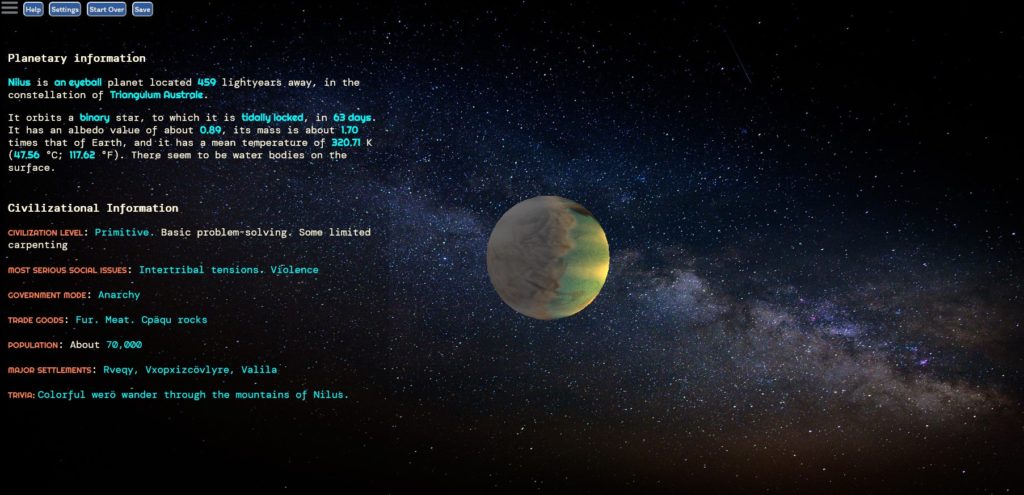Can you imagine a narrative without patterns? A novel where each scene, chapter, or other division is more or less independent from the rest? Well, I wish I could say “me neither”, but I’m afraid I’ve seen such awful novels. Which is precisely why I know they should be avoided at all costs. To create patterns in literature is to create cohesion and symbolic depth, all while favoring non-linear narratives.
Briefly, patterns in literature are creative repetitions that produce meaning precisely as a result of their repetition. We’ll examine this in more detail, with examples, but the key takeaway is this: Patterns in literature are about adding affective impact to your narrative.
So let’s take an in-depth but accessible look at how to create patterns. I’ll first explain what patterns are and what effect they create, then I’ll offer you a practical guide.


